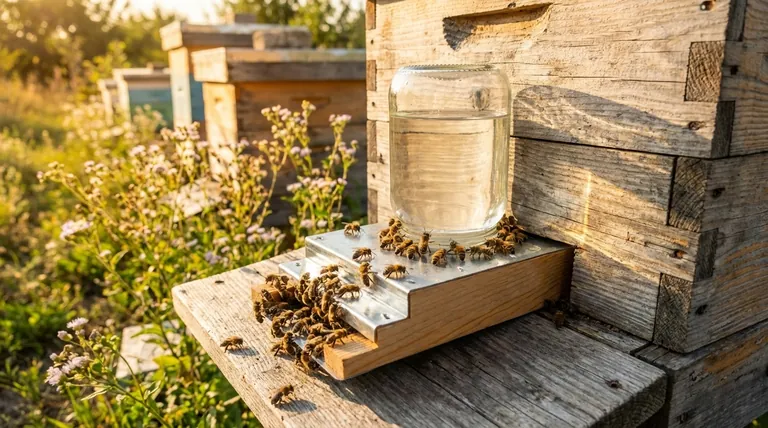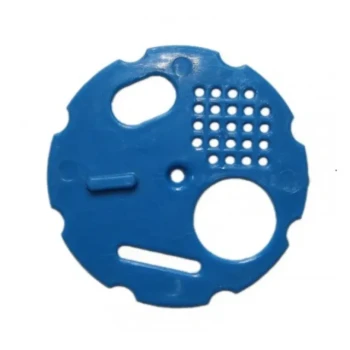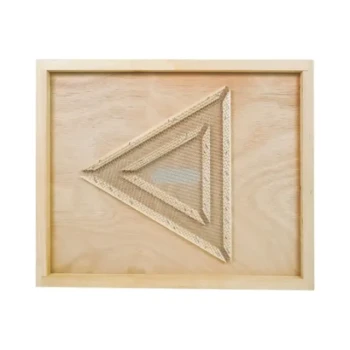At its core, feeding a honeybee colony is a strategic management tool. Beekeepers use feeders to provide supplemental nutrition, typically a sugar and water solution, when natural food sources like nectar are insufficient. This intervention is critical for hive survival during harsh winters, droughts, or to help a new or weak colony establish itself.
While bees are expert foragers, modern beekeeping and environmental pressures often create periods of nutritional stress. Using a feeder is not a sign of failure but a crucial technique to ensure a hive's survival, build its population, and ultimately prepare it for successful honey production.

When is Supplemental Feeding Necessary?
Feeding is a response to a specific need within the hive. A responsible beekeeper feeds for a clear purpose, not as a routine.
Establishing a New Colony
A new package of bees or a nucleus hive arrives with minimal resources. They have no drawn-out comb, no stored pollen, and no honey.
Providing a steady supply of sugar syrup gives them the carbohydrate energy needed to secrete wax, build comb, and raise the first generations of new bees.
Surviving the Winter Dearth
Bees do not hibernate; they form a cluster to stay warm and consume stored honey for energy. If a colony's winter stores are insufficient, they will starve.
Beekeepers feed in late autumn to top off stores if needed. Emergency winter feeding often involves solid sugar bricks or fondant, which adds less moisture to the hive than liquid syrup.
Bridging the Spring Gap
In early spring, the queen's egg-laying rate accelerates dramatically in anticipation of the first nectar flow. This population boom requires a massive amount of food.
If the weather is poor or flowers are delayed, a "spring gap" in forage can occur. Feeding during this period prevents the colony from shrinking and ensures it is at maximum strength for the main honey flow.
Mitigating Drought or Poor Nectar Flow
Even in summer, a sudden drought or period of extreme heat can cause flowers to stop producing nectar. This is known as a dearth.
During a dearth, feeding can prevent a strong colony from consuming all its honey stores and ensure its population doesn't decline.
Understanding Feeder Types
The type of feeder used depends on the season, the colony's strength, and the beekeeper's goal.
Entrance Feeders
These small feeders attach to the hive's entrance. They are easy to fill and monitor without opening the hive.
However, the syrup is exposed to outside temperatures, and its smell can attract bees from other hives, leading to a behavior called robbing.
Hive Top Feeders
These large-capacity feeders sit directly on top of the uppermost hive box, enclosed by an empty box and the main cover. They keep the food protected from weather and other insects.
Refilling requires opening the hive, but they provide a large, stable food source ideal for building up a colony quickly.
Division Board (Frame) Feeders
Shaped like a frame, this feeder hangs inside the hive box, taking the place of one or two frames. This keeps the food close to the bee cluster and well-protected from robbers.
This is an excellent option for weaker hives, but care must be taken to prevent bees from drowning in the syrup.
Understanding the Trade-offs of Feeding
Supplemental feeding is a powerful tool, but it comes with significant responsibilities and potential downsides.
Risk of Robbing
The smell of sugar syrup is a powerful attractant. If a feeder is not secured properly or if syrup is spilled, it can incite a "robbing frenzy."
Stronger hives may attack a weaker, fed hive to steal its resources, often resulting in the death of the weaker colony's queen and bees.
Diluting the Honey Crop
Never feed liquid syrup when you have honey supers on the hive that are intended for human consumption. Bees will store this sugar syrup in the comb just as they would nectar.
This contaminates the honey, resulting in an inferior and unethical product that is essentially sugar water, not pure honey.
Creating Dependency
Feeding should be a temporary intervention to solve a specific problem. Constant, unnecessary feeding can make a colony less inclined to forage for natural nectar sources.
The goal is to support bees, not domesticate them to the point where they lose their natural instincts.
Making the Right Choice for Your Goal
Your feeding strategy should be dictated by your specific objective for the hive.
- If your primary focus is establishing a new package: Use an internal feeder (division board or top) to provide a steady syrup supply while protecting the weak colony from robbing.
- If your primary focus is winter survival: Use solid sugar (fondant or sugar cakes) in mid-winter to provide emergency food without adding harmful excess moisture to the hive.
- If your primary focus is stimulating spring buildup: Use a top or frame feeder with a light syrup to mimic a natural nectar flow and encourage the queen to lay.
- If your primary focus is pure honey production: Stop all feeding well before you add your honey supers to ensure the final product is pure nectar-based honey.
Understanding when and why to feed transforms it from a simple chore into a powerful tool for responsible hive management.
Summary Table:
| Feeding Scenario | Recommended Goal | Ideal Feeder Type | Key Considerations |
|---|---|---|---|
| Establishing a New Colony | Provide energy for comb building & population growth | Internal (Frame or Top Feeder) | Protects weak colony from robbing |
| Winter Survival | Top off or provide emergency food stores | Solid Sugar (Fondant/Bricks) | Avoids adding excess moisture to the hive |
| Spring Buildup | Stimulate brood rearing before nectar flow | Top or Frame Feeder with Light Syrup | Mimics natural nectar flow |
| Drought or Dearth | Prevent colony from consuming its honey stores | Hive Top Feeder | Supports strong colonies during forage scarcity |
Equip Your Apiary with the Right Feeding Solutions from HONESTBEE
Strategic feeding is essential for healthy, productive hives. Whether you're a commercial apiary managing hundreds of colonies or a distributor supplying beekeepers, having reliable, high-capacity feeders is non-negotiable.
HONESTBEE supplies durable, efficient beekeeping feeders and equipment designed for wholesale and commercial operations. Our products help you:
- Safeguard your investment by ensuring colonies survive winter and build up strong in spring.
- Maximize honey production with equipment that prevents contamination of your honey supers.
- Operate efficiently with feeders built for durability and ease of use on a large scale.
Let's discuss your specific needs. Contact our team today to find the perfect feeding solutions for your operation.
Visual Guide

Related Products
- Boardman Entrance Bee Feeder Durable Galvanized Steel and Wood Construction for Beekeeping
- HONESTBEE Entrance Bee Feeder Professional Hive Nutrition Solution for Beekeeping
- Professional Hive Front Entrance Bee Feeder
- Classic Boardman Entrance Bee Feeder Hive Front Feeding Solution
- HONESTBEE Round Hive Top Bee Feeder for Syrup
People Also Ask
- How does the entrance feeder method work? A Guide to Simple But Risky Hive Feeding
- Are entrance feeders good for bees? Prioritize Hive Health Over Convenience
- How do you make an entrance feeder for bees? A Guide to Safe & Effective Hive Feeding
- What is an entrance feeder and how is it used? Avoid the Critical Risk of Robbing
- What is an entrance feeder? A Guide to Its Simple Design and High Robbing Risk



















